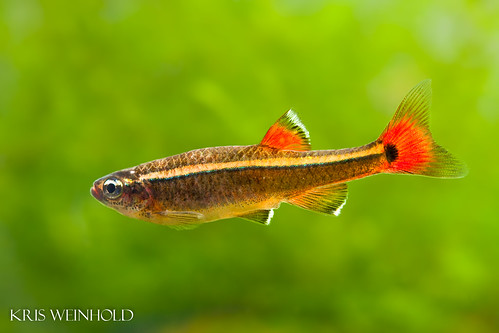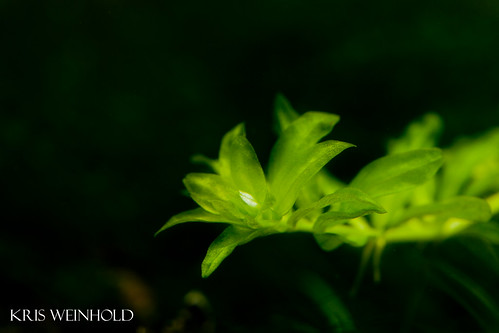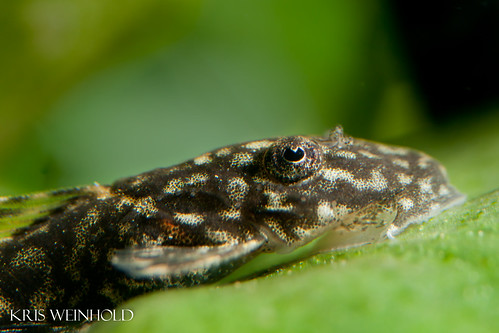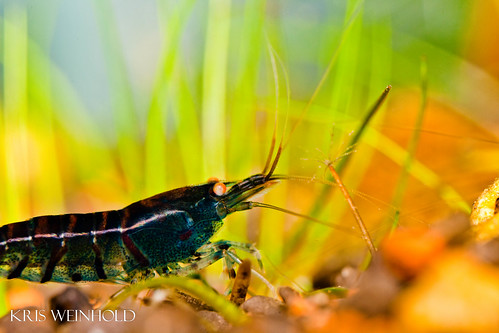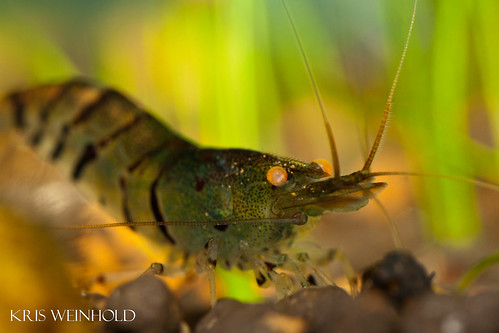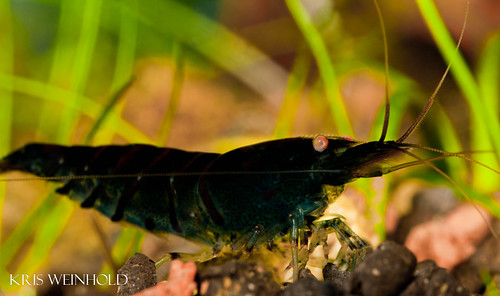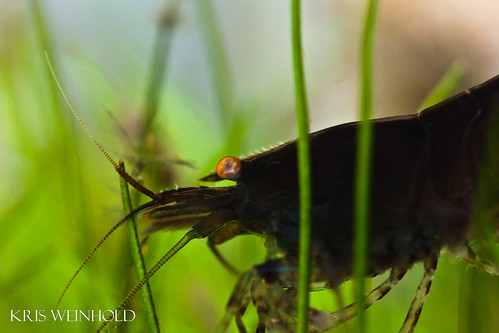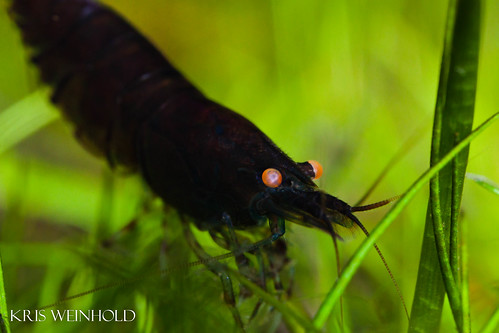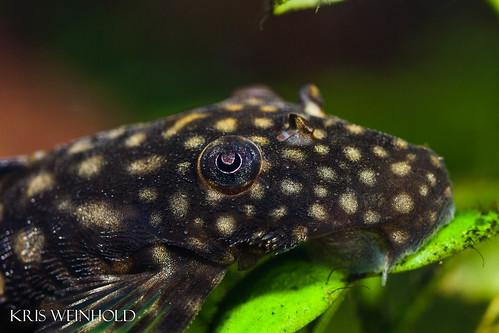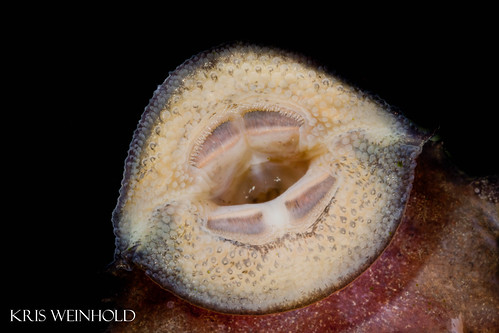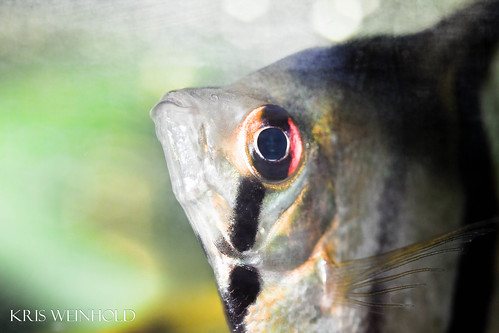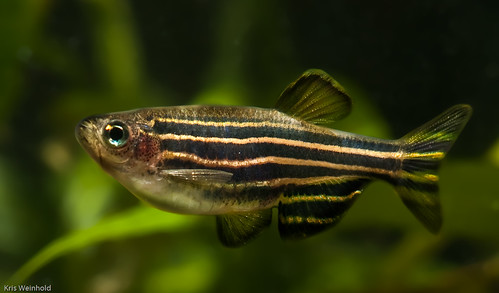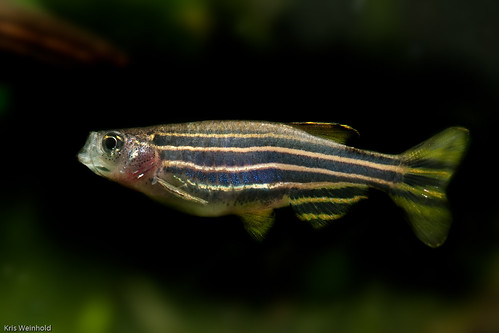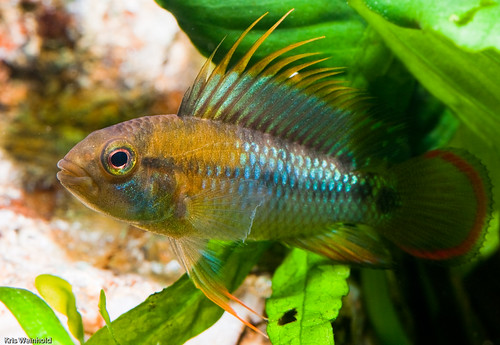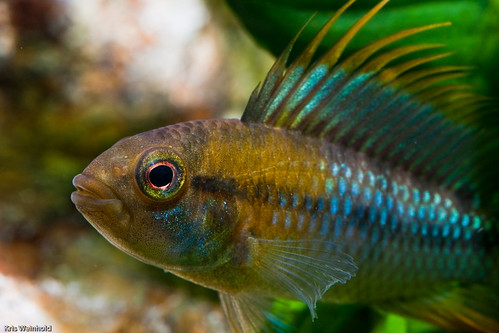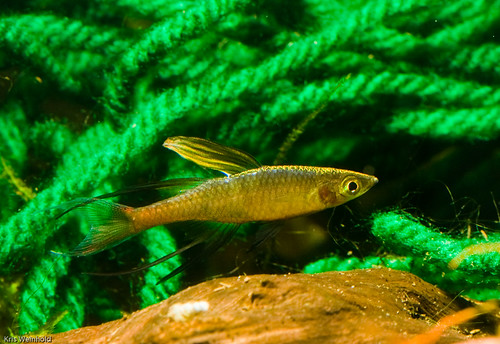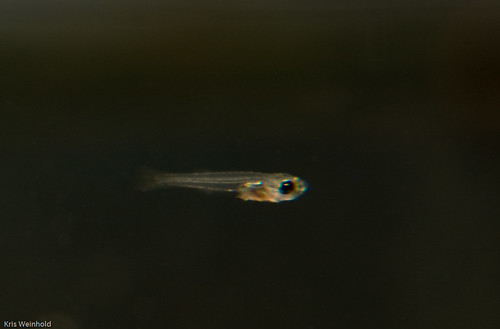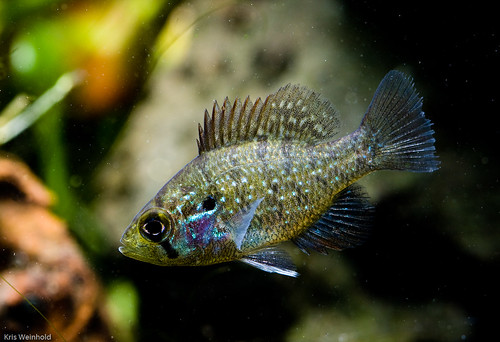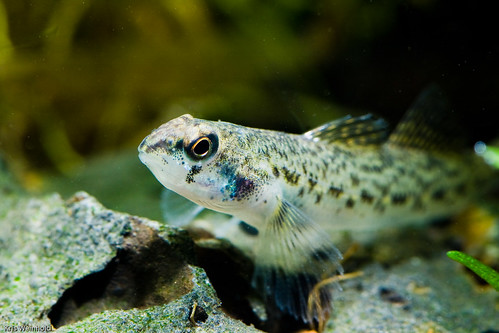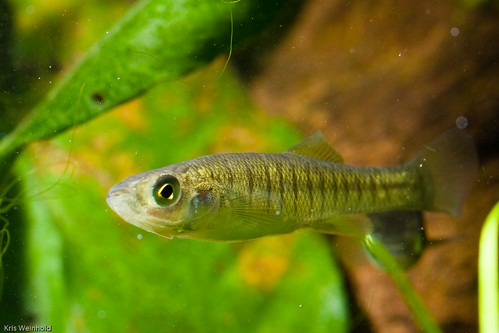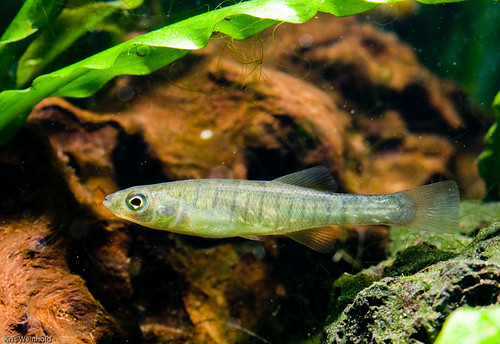White Clouds Come Indoors
September 18th, 2011We’ve started to get some cooler evenings as we’re days away from the start of Autumn. Therefore, I decided to begin the process of shutting down my raised brick pond for the year by netting out my mosquito controlling white cloud mountain minnows and bringing them indoors.
I had put a dozen outside in the spring, but so far I’ve netted about 20 adult sized fish, and quite a few tiny fry (2-3 mm). I’m going to try to collect as many of the tiny fry as possible and raise them in an extremely densely planted aquarium inside. I love putting fish outdoors, as when I bring them back inside, I almost always multiply the number of fish I have, and the colors on the fish are fantastic from all of the live food they’ve hunted down over the summer.
All of these minnows are going into my 12G bookshelf aquarium, which has a large colony of orange-eyed-blue-tiger-shrimp in it, plus about 50 juvenile bristlenosed plecos. This is a low-tech tank without any CO2 added and minimal fertilization, but there has a noticeable increase in plant growth since I’ve added the baby plecos and minnows. I guess they’re producing just enough waste to spur the plants on.
The baby plecos are also progressing pretty well. I’m keep their small bellies round and full by feeding them a mixture of veggie pellets, with earthworm or shrimp protein foods added 1-2X a week. Of course, I just noticed a brand new spawn of bristlenose in my 50G aquarium, so I’m overflowing a little bit with these fish at the moment.
Nevertheless, my 12G bookshelf tank is becoming one of my favorite aquariums to sit and watch. The bottom is always moving with shrimp and plecos scavenging about, and now the white cloud mountain minnows are constantly active in the upper water column. Comments welcome!
